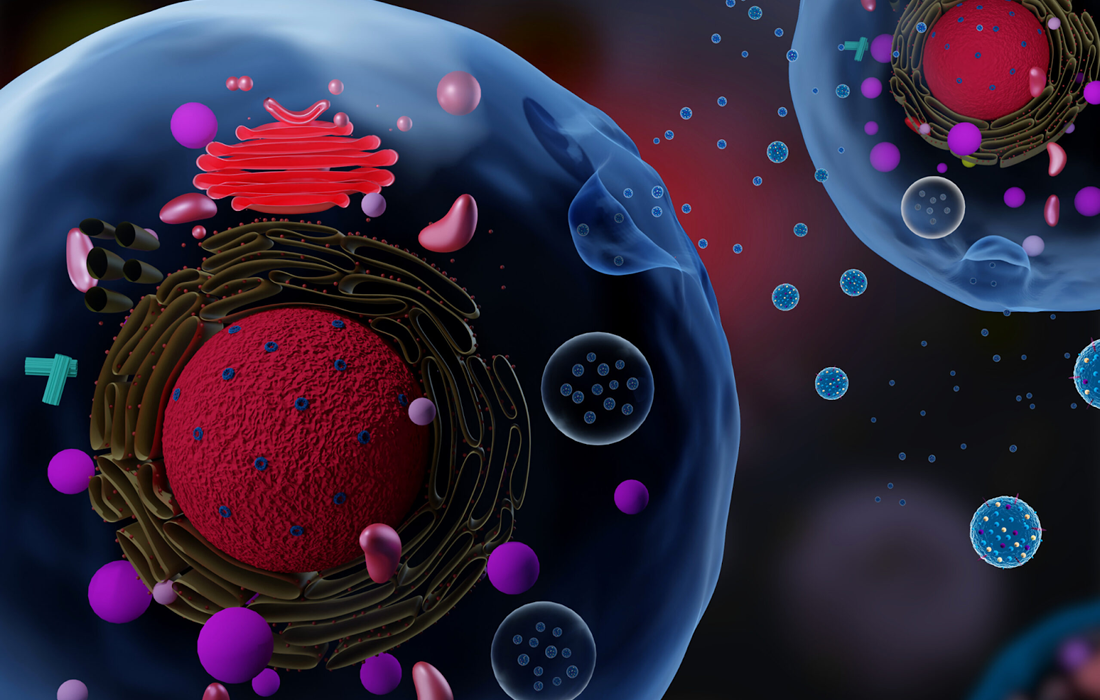Stem Cell Therapy for Specific Conditions
Use of Exosomes for the Treatment of Parkinson’s Disease
What is Parkinson’s Disease?
Parkinson’s disease (PD) is a common progressive neurodegeneration disorder and the second most common neurodegenerative disease after AD, with a prevalence of approximately 1% in people over 60 years of age in industrialized countries.
PD is a progressive nervous system disorder that affects movement. Symptoms start gradually, sometimes starting with a barely noticeable tremor in just one hand. Tremors are common, but the disorder also commonly causes stiffness or slowing of movement.
In the early stages of Parkinson’s disease, your face may show little or no expression. Your arms may not swing when you walk. Your speech may become soft or slurred. Parkinson’s disease symptoms worsen as your condition progresses over time.
Use of Regenerative Medicine Therapies
There is a crucial unmet need for a neuroprotective drug for patients with PD, particularly considering that the number of affected patients is set to double over the next 20 years, with over 14 million PD cases expected worldwide by 2040. Therefore, diverse novel therapeutic avenues, in particular stem cell approaches, are of high interest.
Human umbilical cord mesenchymal stem cells (hucMSCs) are ideal for use in therapeutic applications because of their multilineage differentiation capability, autologous transplantation feasibility, easy acquisition, and lack of ethical problems. These types of stem cells secrete a large number of growth factors, cytokines, and chemokines, which have multiple implications in the regulation of key biological processes such as neuroprotection, neurodifferentiation, the reduction of apoptosis, and regulation of inflammatory processes.
These factors include “exosomes”, which are cell-derived bilayer lipid vesicles with a diameter of 30-150 nm that were shown to be involved in information exchange and substance transfer between cells. The blood-brain barrier (BBB) is relevant to neurological diseases by often making it difficult for drugs to reach the lesion site and have the therapeutic effect. Exosomes have the ability to cross the BBB. Several studies demonstrated that hucMSCs-secreted exosomes have a protective effect on cardiovascular and cerebrovascular diseases.
A recent study by Hong-Xu Chen, et al, evaluated the alteration of autophagy in PD, which is believed to be a key factor contributing to the pathogenesis of the disease. Autophagy is a cellular mechanism that recycles materials such as abnormal proteins and damaged organelles to maintain cell survival and homeostasis. In the study, they evaluated whether and how exosomes repair the damage of PD in vitro and in vivo by regulating autophagy.
Our cells typically communicate with each other through direct interaction and by secreting growth factors, trophic factors, and cytokines. These can act on the cell itself (autocrine signaling) or have an impact on both neighboring (paracrine signaling) and distant cells (endocrine signaling). Recent studies have shown that exosomes are potent vehicles of intracellular communication, being secreted by virtually all cell types and able to be isolated from conditioned cell media or bodily fluids.
The researchers cultured human umbilical cord mesenchymal stem cells (hucMScs) with 6-Hydroxydopamine (6-OHDA) and found that hucMSCs increase the viability of cells, and that the expression of apoptosis-related proteins and apoptotic rates were significantly decreased. They also found that exosomes could repair the Parkinson’s disease model injury by regulating and inducing autophagy.
The researchers saw the same as previous research, that exosomes can cross the BBB, which greatly overcomes the limitation of low BBB permeability by some stem cells.
Tyrosine hydroxylase (TH) is an important enzyme for dopamine synthesis in neurons and the expression of this enzyme in cells is the gold standard for dopaminergic neuron identification. They evaluated the substantia nigra in rats after the treatment with exosomes and found that the number of dopaminergic neurons increased significantly; moreover, the number of dopaminergic neurons apoptosis decreased significantly and suggest that the exosomes have a neuroprotective effect on substantia nigra dopaminergic neurons.
The results of the study showed that exosomes are a good therapeutic approach for Parkinson’s disease in a rat model and that it could both decrease the neurodegenerative changes of the disease and also have a neuroprotective effect on the dopaminergic neurons, which are the commonly affected cells in this condition. Future studies are needed to determine the mechanisms underlying these hucMSC-derived exosomes induced neuroprotective effects.
Source:
Hong-Xu Chen, et al. Exosomes derived from mesenchymal stem cells repair a Parkinson’s disease model by inducing autophagy. Cell Death Dis. 2020 Apr 27;11(4):288. doi: 10.1038/s41419-020-2473-5.
https://www.mayoclinic.org/diseases-conditions/parkinsons-disease/symptoms-causes/syc-20376055
Image from:

